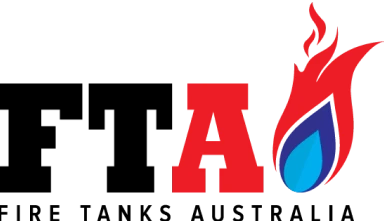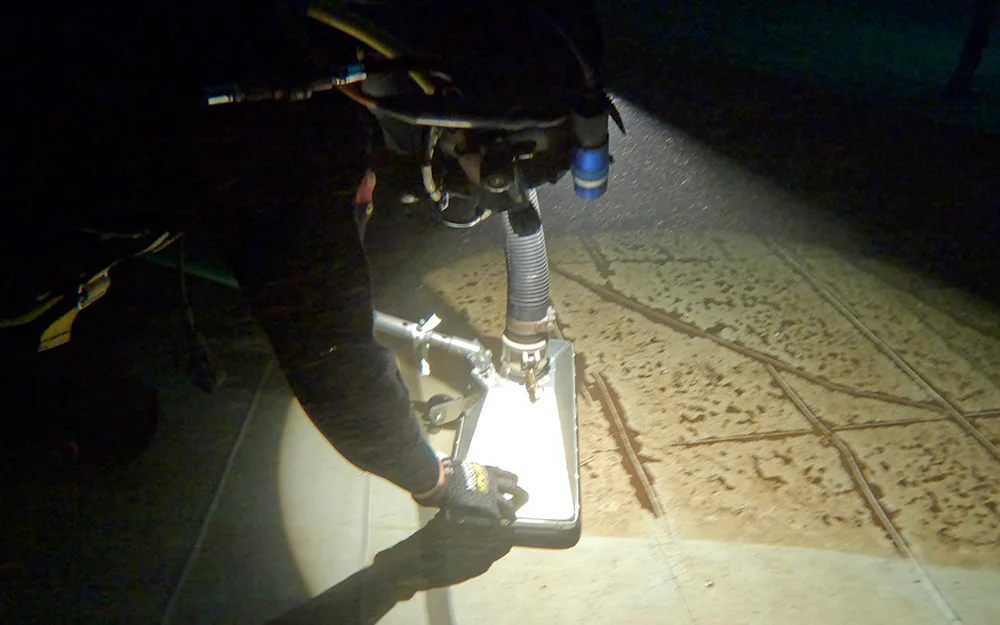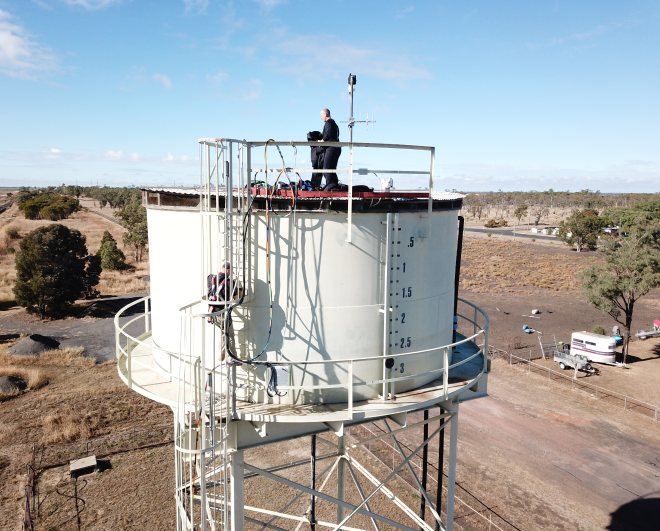When was the last time you had your fire tank cleaned?
Section 5 of AS 1851-2012 (the Australian Standard for Routine service of fire protection systems and equipment) provides the requirements for routine servicing of fire tanks, stating that your fire tank must be cleaned on the first anniversary of its installation, then every ten years after that.
Inspections are also to be carried out monthly, 6 monthly and yearly. The yearly inspection includes a sediment depth measurement which determines if the fire tank requires more frequent cleaning.
In order to fulfil all of the requirements of the yearly inspection, it is necessary to enter the fire tank either by emptying the tank or by using a commercial dive team. It is also very important that the people inspecting the fire tank are correctly licenced and qualified to carry out the inspection. A licensed plumber is required to inspect and sign off these tanks to ensure they satisfy all relevant standards and local legislation.
Some companies perform tank inspections using an ROV or underwater drone, however, they are unable to perform many components of the routine inspections.
For example, one of the components requires that the internal liner be felt to see if it is brittle or if there is any bulging behind it, which would indicate a leak. These tests are critical to determine the longevity of your liner and let you know when your liner has been compromised and needs to be replaced.
Moisture buildup behind the liner if undetected can also cause your tank to corrode from the inside out significantly reducing the life of your tank.
Often when inspecting or cleaning a fire tank debris will be found that can foul your pumps or cause blockages further down the line in the sprinkler or hydrant systems. This debris is often undetected and therefore not able to be removed from the tank when an ROV is used for your inspection or clean.
Fire Tanks Australia hold all of the required licenses and qualifications to perform your yearly inspections and cleans. We use a commercial dive team and specialist equipment eliminating the need to drain your tanks and making it possible to complete all of the requirements of your inspections and cleans with minimal water loss.
When it comes time for your fire tanks to be cleaned and inspected, the question you need to be asking is “Are your tanks FTA approved?”




